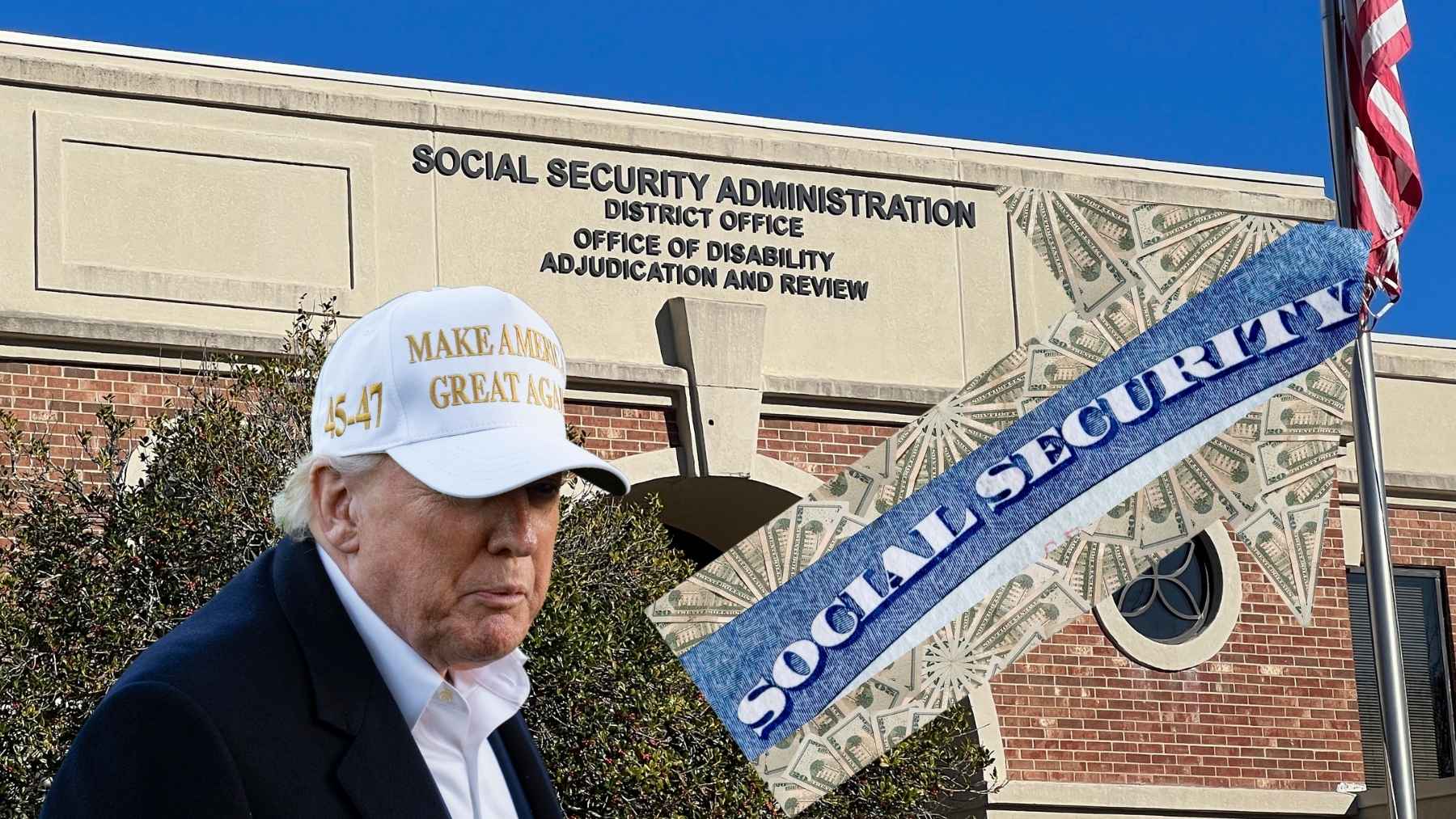A lot of seniors who depend on Social Security are asking lawmakers to consider catch-up payments after the latest update on the cost-of-living adjustment (COLA). On Tuesday, The Senior Citizens League (TSCL), a trusted nonpartisan group that speaks up for older Americans, shared its forecast for the 2026 COLA, expecting a 2.6% increase.
While that’s just a small bump, only 0.1% more than last year, many seniors feel they need more than a small raise. They’re pushing for bigger relief and want the way COLA is calculated to change, so it better matches the costs they actually face day-to-day.
A Call for Change in How COLA Is Calculated
Shannon Benton, the Executive Director of TSCL, says that almost 93% of seniors see fixing Social Security and Medicare as one of the most important issues Congress and the President should focus on. She explains, “They’re calling on the administration to calculate COLAs with an index more representative of seniors’ experiences and provide a one-time catchup payment to make up for historic COLA shortfalls.”
Benton didn’t share many details about what the catch-up payment might look like or how it would be given out, but the call for it shows just how frustrated many older Americans are feeling. With prices going up and only small COLA increases each year, a lot of seniors are really feeling the squeeze.
Inflation Outpacing COLA Increases
New numbers from the Bureau of Labor Statistics (BLS) show that by the end of June, inflation was up 2.7% compared to last year. That means the expected 2.6% COLA increase for 2026 might not quite keep up with rising costs, leaving seniors a little behind.
If you look back over the last ten years, Social Security COLA increases have mostly fallen short of inflation, with the exception of a few years during the COVID-19 pandemic when inflation jumped and led to bigger adjustments.
Here’s a quick look at recent COLA percentages:
- 2016: 0.0%
- 2017: 0.3%
- 2018: 2.0%
- 2019: 2.8%
- 2020: 1.6%
- 2021: 1.3%
- 2022: 5.9%
- 2023: 8.7%
- 2024: 3.2%
- 2025: 2.5% (projected)
Despite these increases, the average yearly inflation rate over the same period has hovered around 3%, meaning many seniors’ benefits have not fully matched their rising living costs.
Financial Struggles for Many Seniors
A recent survey by TSCL found that almost 13% of older Americans get by on less than $1,000 a month after taxes and other deductions. Even more eye-opening, nearly 4 in 10 said Social Security is their only source of income each month.
This helps explain why many seniors are really feeling the squeeze. With prices for basics like food, housing, and healthcare steadily rising, those on fixed incomes are having a tougher time making ends meet.
Legislative Efforts and Future Priorities
While TSCL commends the passage of former President Donald Trump’s “One, Big Beautiful Bill,” which provided some financial relief to seniors, the group stresses that more work is needed.
Benton notes, “The Big Beautiful Bill is a good start on providing financial relief for American seniors. The next priority should be providing support for the estimated 7.3 million American seniors who are living on less than $1,000 per month, which is below the federal poverty line.”
How COLA Is Currently Calculated
The Social Security Administration (SSA) figures out the yearly COLA by looking at how prices change over time using something called the Consumer Price Index for Urban Wage Earners and Clerical Workers, or CPI-W. They compare the average from July, August, and September to the same months from the year before to see how much the cost of living has gone up.
The CPI-W tracks the price of everyday things like food, housing, healthcare, and other basic needs. But many people argue it doesn’t paint a full picture for seniors, especially since it doesn’t fully account for the rising cost of medical care and other expenses that tend to hit older adults the hardest.
What Seniors Want Moving Forward
Benton points out that many seniors are calling for a different way to measure inflation, one that better reflects the types of expenses they actually deal with. While she hasn’t gone into detail about what that change might involve, the message is clear: a lot of older Americans feel that the current system just isn’t keeping up with their real-life needs.

